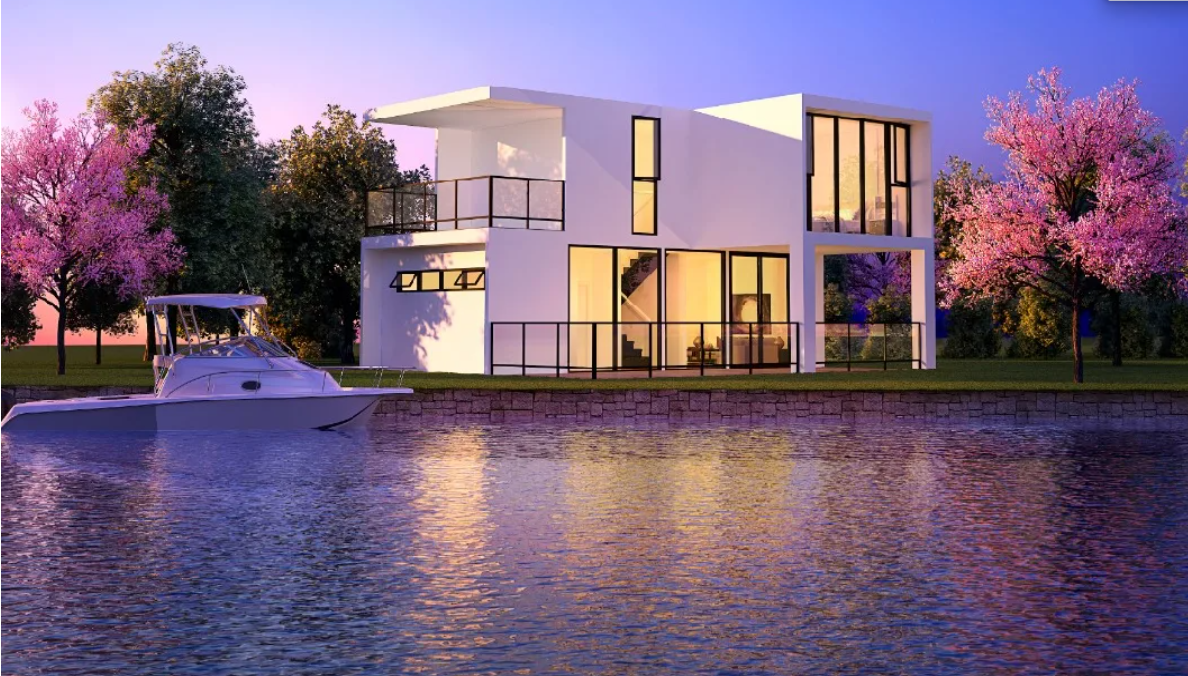
Application:
1. Residential housing: Prefab houses can be used as permanent residences for individuals or families. They offer a quicker and more cost-effective solution compared to traditional construction methods. Prefab houses can be customized to meet specific design preferences and can be easily expanded or modified as needed.
2. Vacation homes: Prefabricated houses are often used as vacation homes or weekend getaways. They can be built in scenic locations and offer a comfortable and convenient living space for temporary stays.
3. Temporary housing: Prefab houses are commonly used as temporary shelters in emergency situations such as natural disasters or refugee camps. Their quick assembly and mobility make them ideal for providing immediate housing solutions in crisis situations.
4. Office spaces: Prefab houses can be converted into office spaces or commercial buildings. They offer a flexible and cost-effective alternative to traditional office construction and can be easily relocated or expanded as business needs change.
5. Educational facilities: Prefab houses are used for constructing classrooms, school buildings, and educational facilities. They can be quickly assembled, allowing for faster implementation of educational projects and addressing the urgent need for additional school infrastructure.
6. Retail spaces: Prefab houses can be transformed into retail spaces or pop-up shops. They provide a versatile and temporary solution for businesses looking to establish a physical presence without investing in permanent brick-and-mortar stores.
7. Community buildings: Prefab houses can be used for constructing community centers, libraries, healthcare facilities, or recreational spaces. They offer a cost-effective and efficient way to provide essential services and amenities to a community.
8. Eco-friendly housing: Prefab houses can be designed to incorporate sustainable and energy-efficient features, such as solar panels, rainwater harvesting systems, and green insulation. They offer a greener alternative to traditional construction methods and contribute to reducing the environmental impact of housing.



















